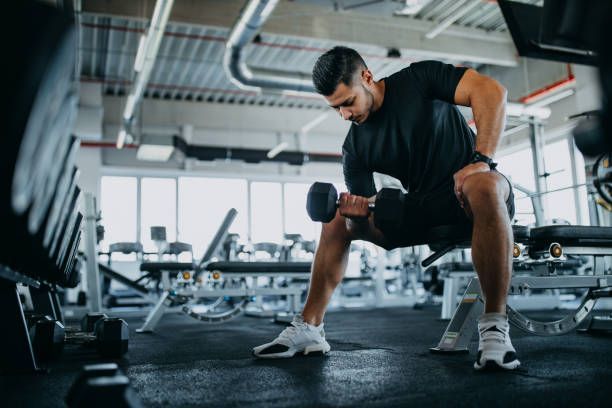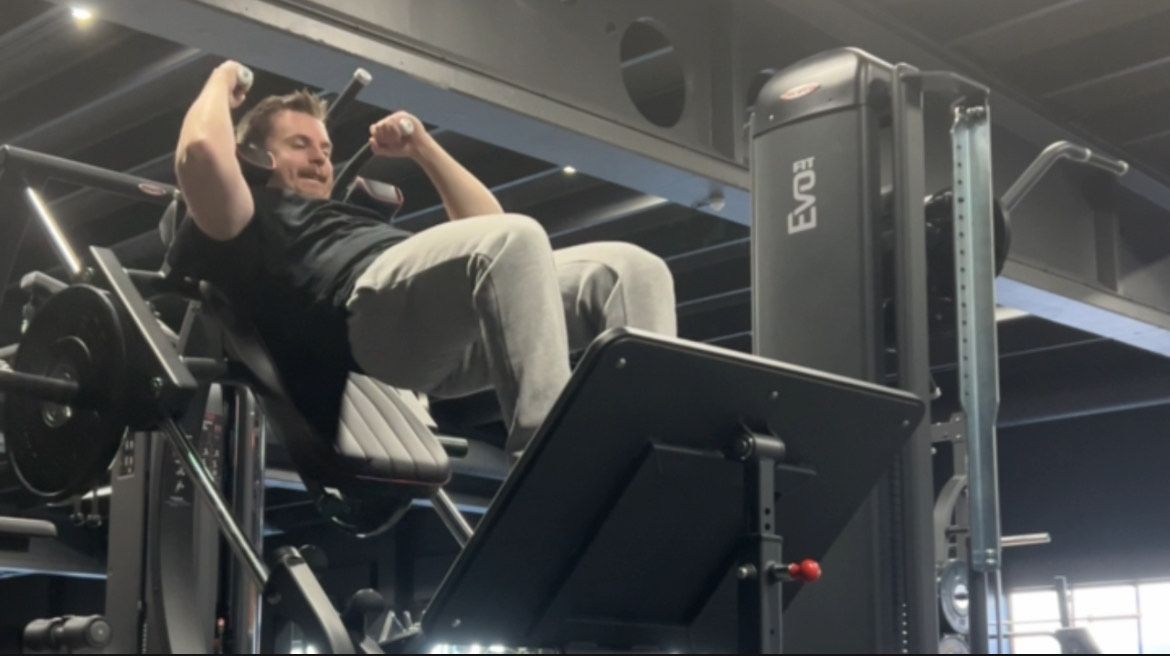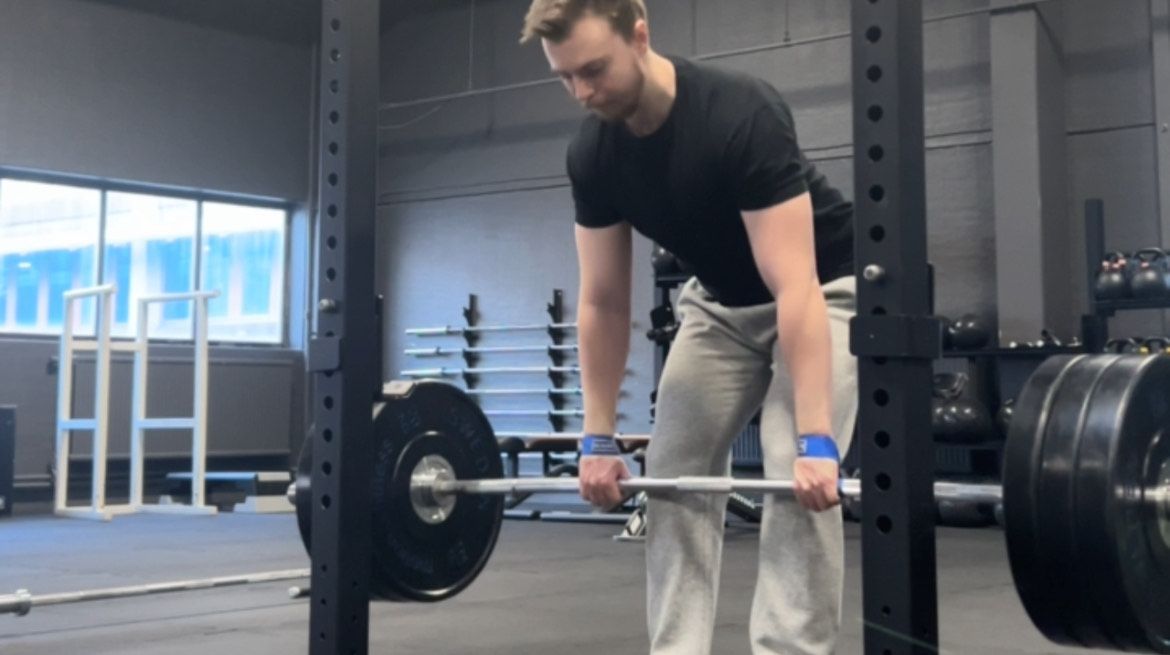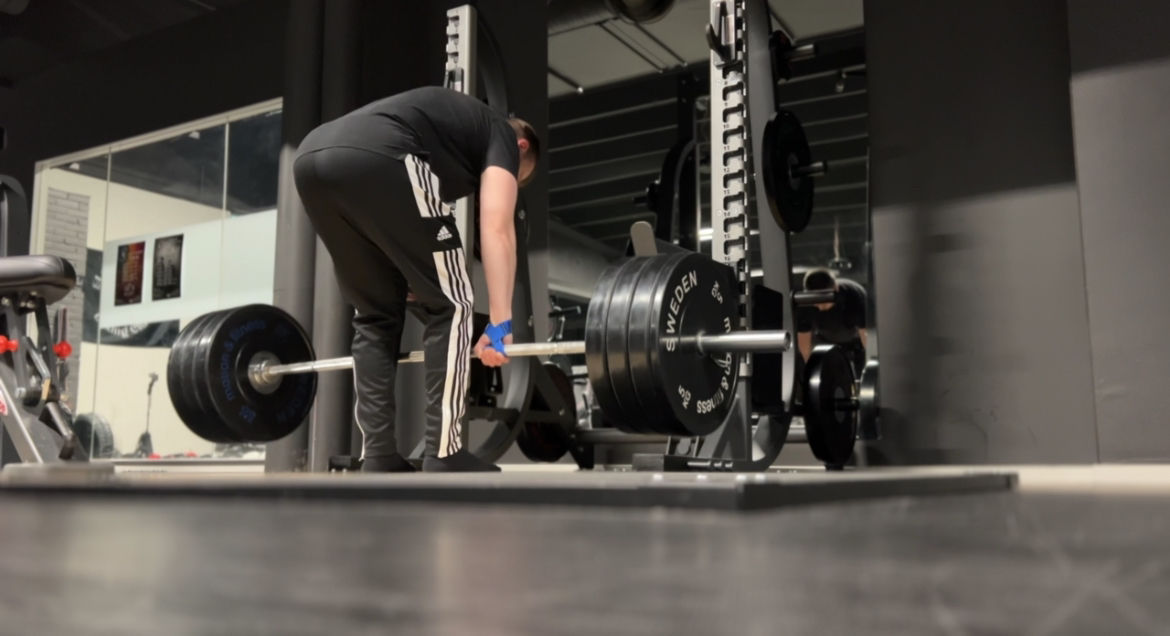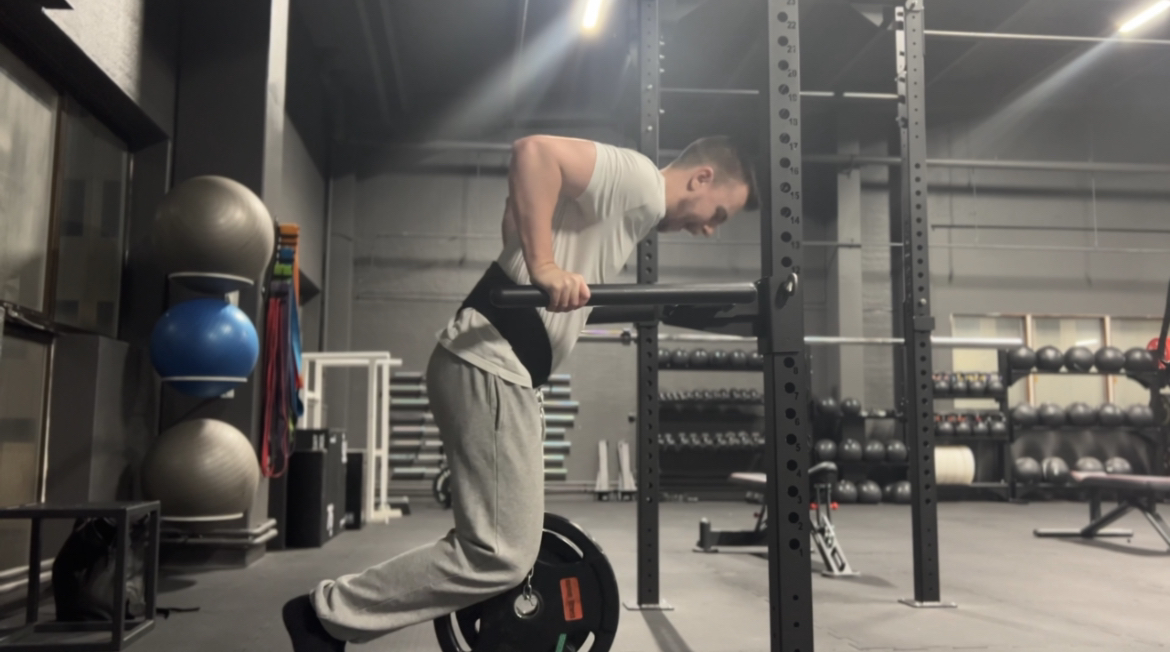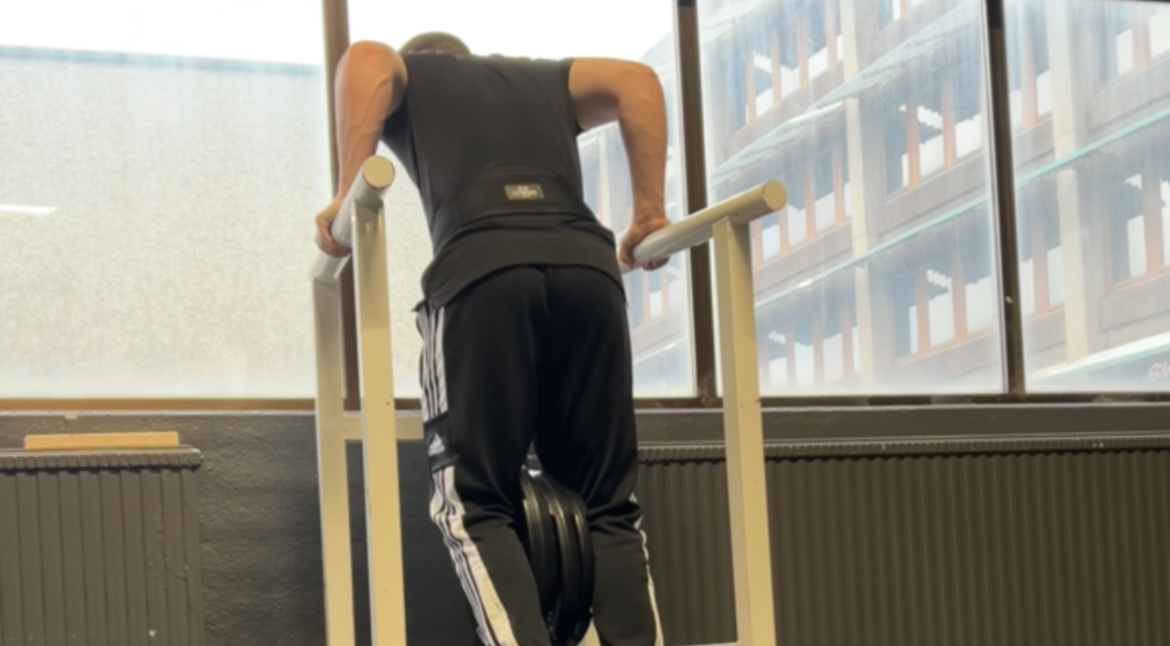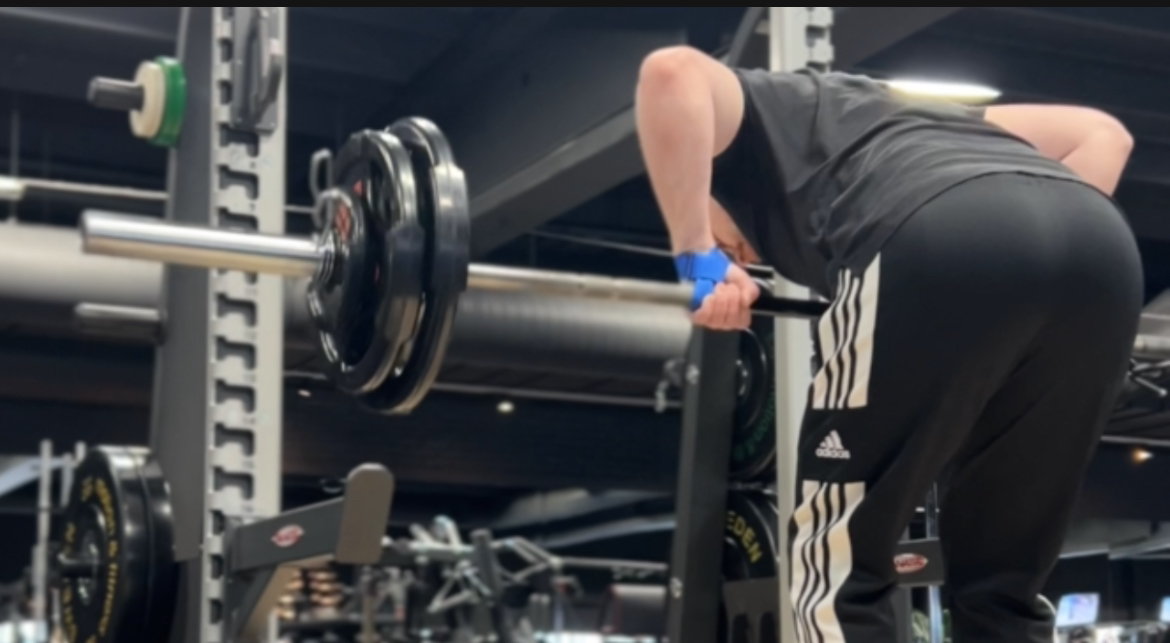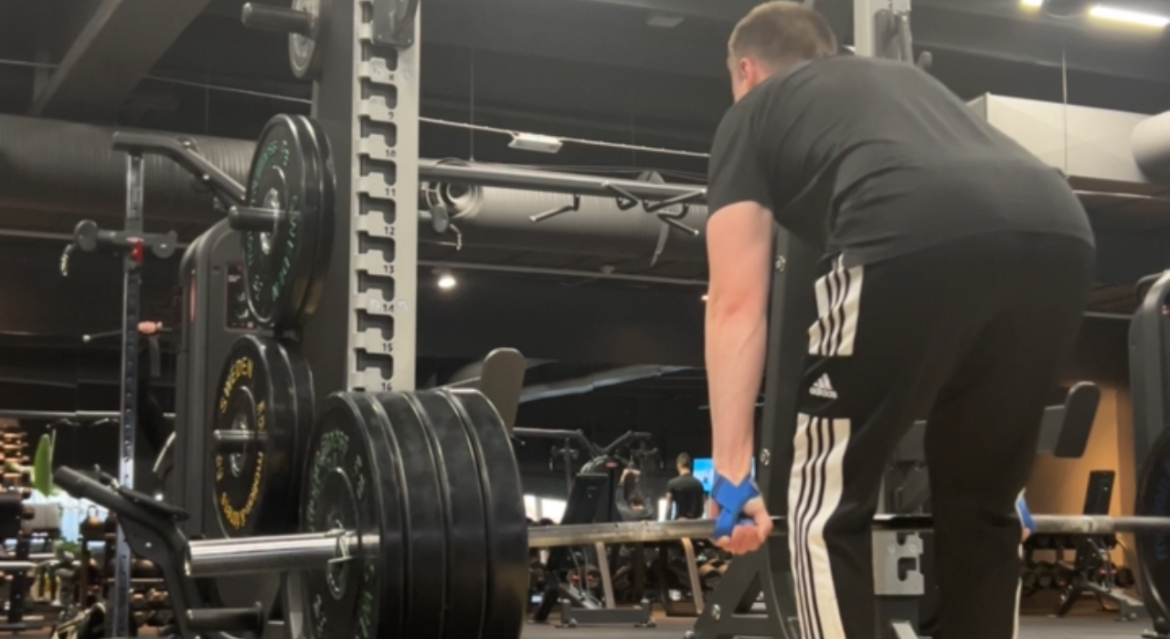Why dips are better than bench press
Dips the forgotten exercises
In the world of bodybuilding, the quest for optimal muscle development and symmetry is paramount. While the bench press is often heralded as the quintessential upper body exercise, dips offer unique advantages that make them a superior choice for many bodybuilders. This article explores why dips can be more effective than the bench press in achieving bodybuilding goals.
1. Muscle Activation and Hypertrophy
Dips:
- Comprehensive Muscle Engagement: Dips target the chest, triceps, and shoulders while also engaging the core for stabilization. This comprehensive activation leads to more balanced muscle growth and hypertrophy.
- Greater Muscle Tension: The nature of the dip exercise creates constant tension on the muscles throughout the movement, which is crucial for muscle growth.
Bench Press:
- Focused Activation: The bench press primarily focuses on the chest, triceps, and shoulders, but does not engage the core to the same extent. This can limit the overall hypertrophic stimulus.
- Variable Tension: Tension on the muscles can vary, especially if form is compromised or if the barbell is not lowered to the chest, potentially reducing hypertrophy.
2. Range of Motion and Muscle Development
Dips:
- Extended Range: Dips allow for a deeper range of motion, particularly in the lower part of the movement. This extended range can lead to better muscle stretch and contraction, promoting greater muscle growth.
- Enhanced Flexibility: Performing dips through a full range of motion improves muscle flexibility and joint health, contributing to more complete muscle development.
Bench Press:
- Restricted Range: The bench press typically has a limited range of motion, especially if the barbell does not touch the chest. This restriction can hinder muscle elongation and peak contraction.
- Potential Stiffness: Limited range can contribute to muscle stiffness and reduced flexibility over time.
3. Versatility in Training
Dips:
- Minimal Equipment: Dips require minimal equipment, such as parallel bars or even sturdy surfaces, making them more accessible for home workouts.
- Exercise Variations: Numerous dip variations (chest dips, triceps dips) allow for targeted muscle training, providing versatility in workout routines and preventing plateaus.
Bench Press:
- Equipment Dependent: The bench press necessitates a bench and barbell with weights, which can be limiting for those without access to a fully equipped gym.
- Limited Variation: While variations exist (e.g., incline, decline, dumbbell bench press), they still require specific equipment, reducing flexibility in training options.
4. Safety and Injury Prevention
Dips:
- Controlled Resistance: Using body weight as resistance can be safer, reducing the risk of injury compared to lifting heavy weights.
- Joint-Friendly: When executed with proper form, dips are less likely to cause joint issues, making them a safer option for long-term training.
Bench Press:
- Spotter Requirement: Heavy bench pressing often necessitates a spotter for safety, particularly when attempting maximum lifts.
- Higher Injury Risk: The bench press carries a higher risk of shoulder, wrist, and pectoral injuries, especially if proper technique is not maintained.
5. Symmetry and Balanced Development
Dips:
- Correcting Imbalances: Dips help address muscle imbalances as both sides of the body must work independently to stabilize and lift.
- Engaging Stabilizers: The need for stabilization recruits smaller, often overlooked muscles, contributing to more symmetrical and balanced development.
Bench Press:
- Dominance Issues: The bench press can exacerbate muscle imbalances, as the stronger side may compensate for the weaker side, leading to asymmetrical growth.
- Stabilization Neglect: The fixed path of the barbell does not engage stabilizing muscles as effectively, potentially neglecting important muscle groups.
Conclusion
While the bench press remains a staple in many bodybuilding routines, dips offer unique advantages that can enhance muscle development, symmetry, and overall strength. The superior muscle activation, extended range of motion, versatility, safety, and ability to correct imbalances make dips a compelling choice for bodybuilders aiming for optimal physique development. Incorporating dips into your training regimen can provide the variety and effectiveness needed to achieve your bodybuilding goals.

